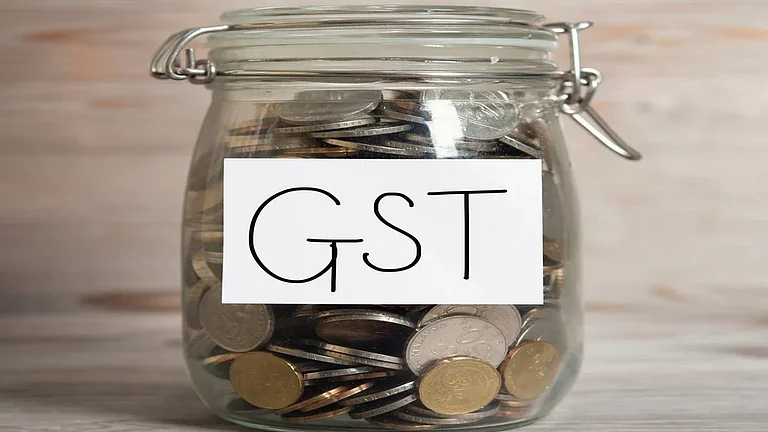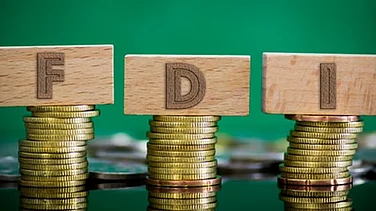
₹7 trillion GST evasion detected in 91,000 cases through FY25.
₹1.29 trillion voluntarily paid; fake input tax credit led major evasion.
Tech tools like e-invoicing, risk flags, facial recognition aid detection.
GST panel reviewing 18% tax on health, life insurance; decision pending.
India’s indirect tax administration has identified goods and services tax (GST) evasion worth ₹7 trillion in 91,000 cases over five years through March 2025.
In a written response, minister of state for finance Pankaj Chaudhary told Lok Sabha on Monday that of this amount, ₹1.29 trillion was deposited by taxpayers voluntarily. He further noted that the extent of tax evasion detected has steadily risen from over ₹49,300 crore in FY21 to ₹2.23 trillion in FY25.
Of the total tax evasion detected, ₹1.78 trillion is associated with fake input tax credits and of this, about 7% has been voluntarily deposited by the taxpayers, Mint reported. To be sure, part of the disputed tax amounts get dropped in appellate proceedings, while some of the demands are challenged in courts. In order to be sure, part of the disputed tax amounts get dropped in appellate proceedings and some of the demands are challenged in courts.
What’s Behind the Rising Tax Evasion?
The Minister said that increase in the detected tax evasion detected coincides with an expansion of data collection and reporting requirements implemented by the tax administration. The Centre and Goods and Services Tax Network, the company responsible for processing tax returns have taken several steps to improve compliance and prevent tax evasion, the minister added.
These steps include e-invoicing transactions, automated risk assessment of entities based on their compliance attributes, highlighting outliers based on system-flagged mismatches, identifying anomalies in taxpayer behaviour, and selecting returns for scrutiny and taxpayers for audit based on various risk parameters.
Measures Taken to Curb GST Evasion
According to the Minister, these measures are helpful in safeguarding the revenue and nabbing the evaders and newer techniques, like facial recognition systems and e-way bill data, were used to identify GST identification numbers with a propensity for fake or fraudulent activity early on.
Chaudhary also said, “While the above measures contribute to revenue collection, impact of such measures in identifying systemic gaps, improving compliance and preventing recurring tax evasion is not ascertainable. The outcomes such as revenue growth and reduction in instances of tax evasion cannot be attributed solely to all or any individual such measure, as various other factors such as global economic conditions, economic growth in the country, level of domestic consumption of goods and services, tax rate, etc. are also relevant for this.”
Reducing 18% GST on Health & Life Insurance
Responding to another question on reducing the 18% GST on health and life insurance policies, the MoS Finace said that the issue was placed before the GST Council on September 9 2024 in New Delhi and after detailed deliberations, the GST Council recommended setting up a ministerial panel to review the matter.
During the 55th meeting of the GST Council held on December 21 last year, the convener sought more time for finalizing the panel’s recommendations and the Council had agreed to give more time to the panel, Chaudhary said.





























